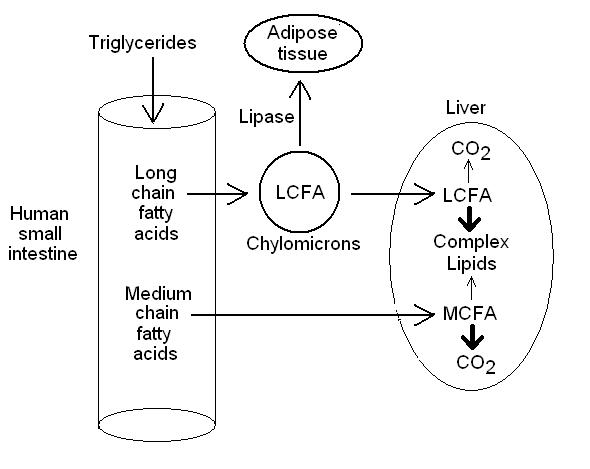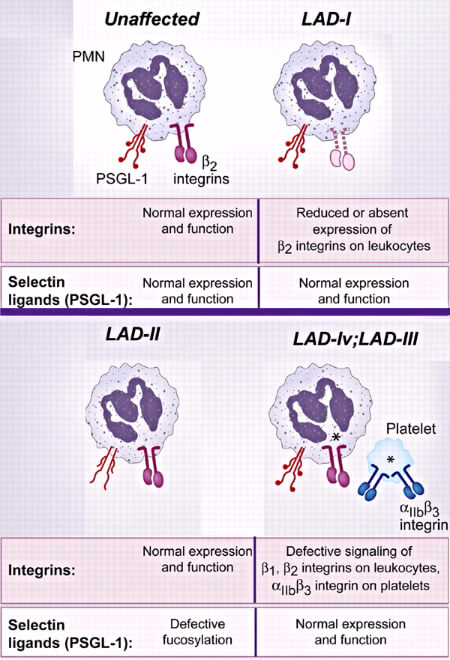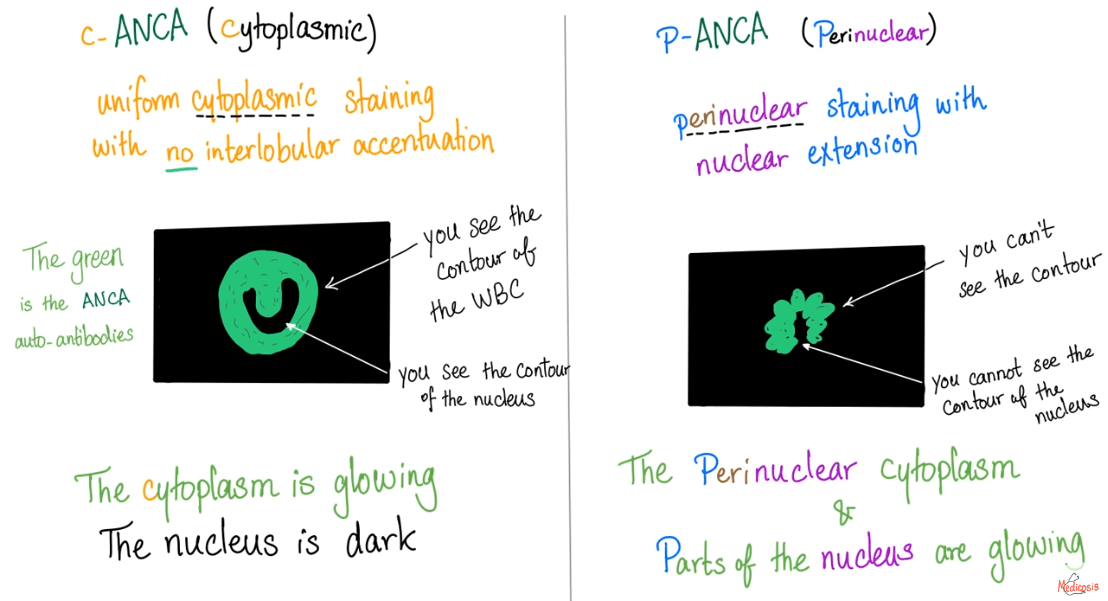Major fat absorption takes place in upper small intestine (mainly jejunum and duodenum) except short chain fatty acids which is abosrbed in colon.
MCT (Medium-Chain Triglyceride) – 10 to 12 Carbons long
- May Cross Through enterocytes and pass directly into the “Portal” circulation
LCT (Long-Chain Triglyceride) – > 12 Carbons long
- Lymph Can Transport after micelles are made (does not pass directly into the “Portal” circulation; it must first be solubilized into a micelle and taken into the lymph. It enters the blood stream when the lymph system dumps it into the superior vena cava.
- Only LCT will contain essential fatty acids.
SCF (Short Chain Fats) – < 10 Carbons long
- Synthesized from Colonic Fiber by colonic bacteria. They serve as Special Colon Food.
- 60% are acetate, 25% are propionate and 15% are butyrate.
Normal fecal fat excretion is <6% per day. >7% fecal fat excretion per day is defined as steatorrhea.
Reference:
Aunt Cathy’s Guide to: Fatty Acid Chain Length and GI Absorption Site Mnemonics


